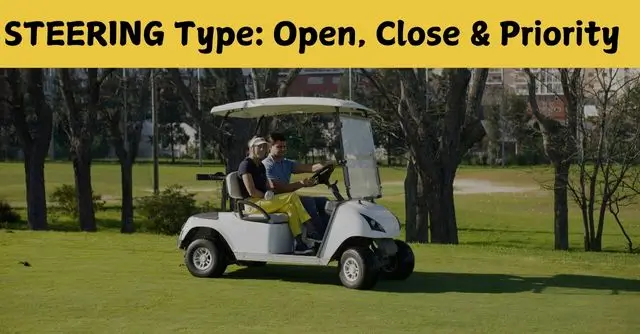Off-Road Machine Steering Systems: Types, Working & Applications (Part 6)
Wheeled off-road machines require efficient and precise steering systems to navigate challenging terrains and perform specific tasks effectively.
Hydraulic steering systems allow for precise control in heavy machinery, making operation smooth and responsive. Explore the components, working principles, and applications of hydraulic steering, and find out how these systems provide the power and reliability needed for effective maneuvering in all types of equipment.

Wheeled off-road machines require efficient and precise steering systems to navigate challenging terrains and perform specific tasks effectively.

In large off-road machines, a Steering Control Unit (SCU) alone may not be sufficient to supply the required hydraulic flow for steering.

The spool and sleeve mechanism in a hydraulic steering unit plays a key role in directing oil flow to the steering cylinder, ensuring smooth and precise control based on the driver’s input.

Ever wondered what makes steering systems so adaptable across different vehicles? This post shows the inner workings of steering features like 2-Speed technology and Q-Amp flow amplification, showcasing how they transform vehicle control. Curious to know how they work?

Alright! In the first post on steering, we explored the components of a steering system and its design. This time, we’re diving into the different types of steering units like open center, closed center, and load-sensing systems.

For many years, mobile equipment like tractors and loaders uses unique hydraulic steering systems (also called hydraulic power steering) to steer the machines. This unique system uses a steering control unit (SCU), which is rotated by the steering wheel and steering shaft.
